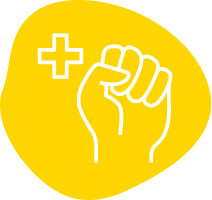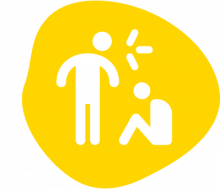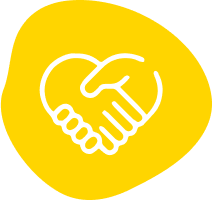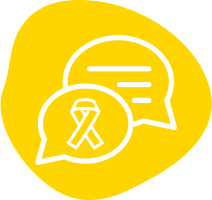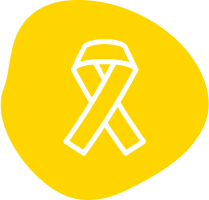“The schools are not coordinating with local health facilities to provide a safe and friendly environment for young people living with HIV, this needs to change.” – Participant in the Positive Learning youth consultations (Asia and the Pacific).
Evidence shows that when HIV policies and programmes are linked with SRHR, such linkages result in better HIV testing outcomes, more consistent condom use, improved quality of care, reduced HIV-related stigma and discrimination, and improved coverage, access to, and uptake of both SRHR and HIV services.
Sexual and reproductive health and rights are also an integral part of gender equality and the empowerment of women and girls, and are closely linked to keeping girls in school and preventing dropout. SRHR includes bodily autonomy (control over one’s own body), safety from STIs and sexual/gender-based violence, the ability to decide when, how and with whom to express sexuality, and the right to decide when and whether to have children.
The Guttmacher-Lancet Commission on Sexual and Reproductive Health and Rights includes the following in its expanded definition of SRHR: contraceptive services; maternal and newborn care; prevention and treatment of HIV and AIDS; care for sexually transmitted infections (STIs); comprehensive sexuality education; safe abortion care; prevention, detection and counselling for gender-based violence; prevention, detection, and treatment of infertility and cervical cancer; and counselling and care for sexual health and well-being.
Involving adolescents and young people living with HIV in the design, implementation, monitoring and evaluation of services leads to significant improvements in service quality, accessibility and acceptability. Requirements for parental consent, for example, can be a significant barrier for accessing services. A wider programme of family and community engagement can help to change norms around adolescents’ and young people’s sexuality and SRHR, as long as this is done in a way that does not compromise confidentiality or undermine adolescents’ and young people’s autonomy.


Recommendations
5.1Consult with local people living with HIV (PLHIV) and youth networks to identify a roster of accessible, efficient and effective adolescent- and youth-friendly sexual and reproductive health (SRH) service providers to which learners or their parents/caregivers can be referred.
5.2Ensure that the school addresses the specific SRH needs and rights of adolescent girls and young women, including by ensuring that learners have access to quality menstrual products, sanitation facilities and clean water, and that they know where to access contraception and – where safe and legal – abortion services and post-abortion care.
5.3 Provide support for pregnant adolescents and young parents to fulfil their right to education by providing linkages to antenatal and postnatal care, or where possible integrating these into existing school health services. Provide (or link to) supportive services such as childcare, and offer flexible arrangements/schedules so that they can continue their studies and school attendance. Support treatment adherence for pregnant and breastfeeding learners to protect their own health and prevent parent-to-child transmission of HIV.
5.4 Promote learner and parent/caregiver information on the human papillomavirus (HPV) vaccination, and linkages to services, recognising that adolescent girls and young women living with HIV are at increased risk of HPV and cervical cancer.
5.5 Encourage positive, health-seeking behaviours amongst all adolescents and young people, including young key populations. For adolescent boys and young men, this includes ensuring that they have information on and access to condoms, HIV and STI testing (including HIV self-testing) and treatment, voluntary medical male circumcision services (where applicable), and linkages to specialised services for men who have sex with men (where safe and available). Ensure that education and counselling promote stigma-free environments, gender-equitable norms, and positive masculinities (referring to transforming socially constructed norms of masculinity to be less harmful).
5.6 Ensure that learners know what pre- and postexposure prophylaxis (PrEP and PEP) are, under what circumstances they can be taken and how they or their partners can access them. Ensure that both teachers and learners understand ‘undetectable equals untransmittable’ (U=U): that being on effective antiretroviral treatment with an undetectable viral load means HIV cannot be passed on to sexual partners.
